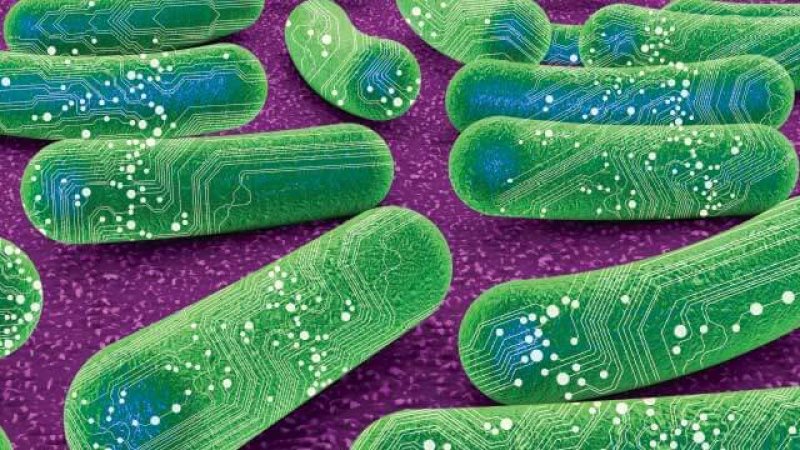Synthetic biology offers a vision for the future of medicine, where cells could be re-engineered to fight diseases such as cancer and diabetes. For this to happen, scientists use viruses to infect and transfer new properties to cells so they behave in a certain way. But there hasn’t been a reliable method to ensure all cells behave in the same way, even if they are not infected uniformly—until now.
In a paper published…in the journal Nature Biotechnology, University Distinguished Professor Eduardo Sontag at Northeastern and his colleagues describe a novel synthetic biology technique they developed to give researchers more control over the process than ever before.
…
“It’s just like a thermostat,” Sontag said. “If the room is too hot, it may turn on the air conditioner. If it’s too cold, it may turn on the heating. There is a feedback mechanism that regulates the temperature. In the same way, you build circuits to try to regulate things in the cell.”
…
That’s precisely what his new method allows for. When the virus is inserted into cells, genes within the cell measure up to one another and self-regulate so the resulting behavior is the same, as if the infection had spread more evenly.
Editor’s note: Read the full study (behind paywall)
Read full, original post: Novel synthetic biology technique could lead to breakthroughs in disease treatment































